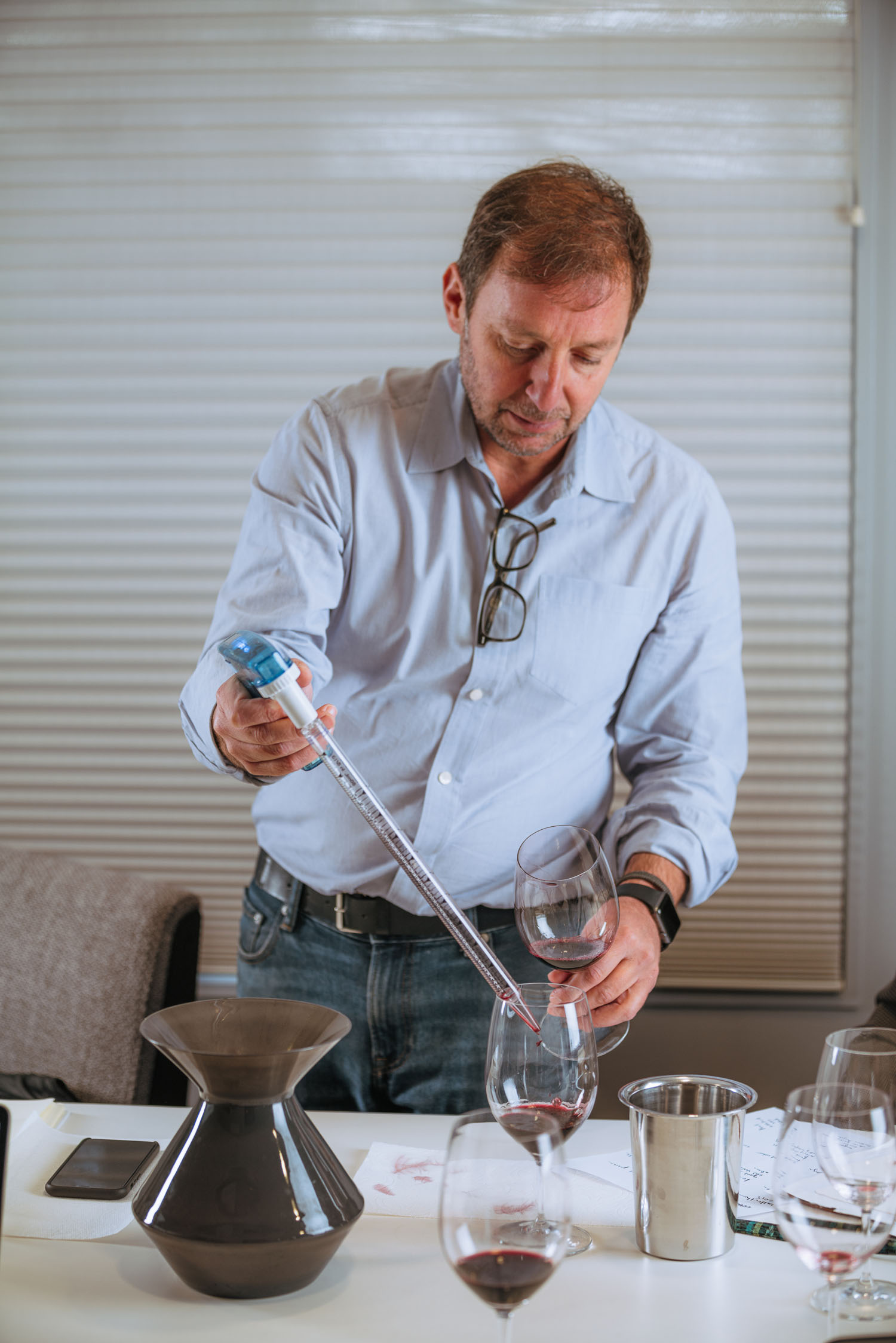Chapter 6: The Golden Ratio in Winemaking
The artistry and skill of the winemaker in crafting a well-balanced and expressive blend.
The “Golden Ratio” in blending refers to a specific proportion of grape varieties used to create a balanced and harmonious wine. Join us as we uncover the precision and balance that winemakers infuse into every bottle, creating wines that dance on the palate.
Proportionality for Structure
The Golden Ratio in wine blending often involves a predominant grape variety that provides structure and backbone for the wine. For example, in a Bordeaux-style blend, Cabernet Sauvignon might be the dominant grape, compromising around 60-70% of the blend. This high proportion contributes to the wine’s tannic structure and aging potential.
Mid-Palate Richness with Secondary Varietals
Complementing the dominant grape, secondary varieties are used to enhance the mid-palate richness and add complexity. Merlot, for instance, is commonly used in Bordeaux blends to contribute softness and fleshiness. In the Golden Ration, Merlot might make up around 20-30% of the blend, providing a lush and rounded character.
Aromatic Complexity with Accent Varietals
The Golden Ratio also includes accent varietals, which are used in smaller proportions to contribute aromatic complexity and distinctive flavors. Cabernet Franc, known for its floral and herbaceous notes, could be used in a 10-20% proportion to add a layer of complexity and nuance to the blend.
Balancing Tannins and Acidity
The Golden Ratio is not just about the types of grapes, but also about balancing key elements like tannins and acidity. The selected proportions aim to create a wine where tannins provide structure without overpowering, and the acidity adds brightness and freshness. Achieving this balance is essential for well-rounded and age-worthy wine.
Adaptability to Regional Styles
The Golden Ratio isn’t a rigid formula, but a guideline that winemakers adapt based on regional styles, vineyard characteristics, and personal preferences. It allows for flexibility, empowering winemakers to showcase the unique qualities of their terroir while maintaining a sense of balance. As a result, the Golden Ratio might vary slightly from one winery or region to another.
Understanding and applying the Golden Ratio in wine blending requires a nuanced approach, considering the specific qualities of each grape variety and the desired style of the final wine. It’s a tool that reflects the artistry and skill of the winemaker in crafting a well-balanced and expressive blend.

